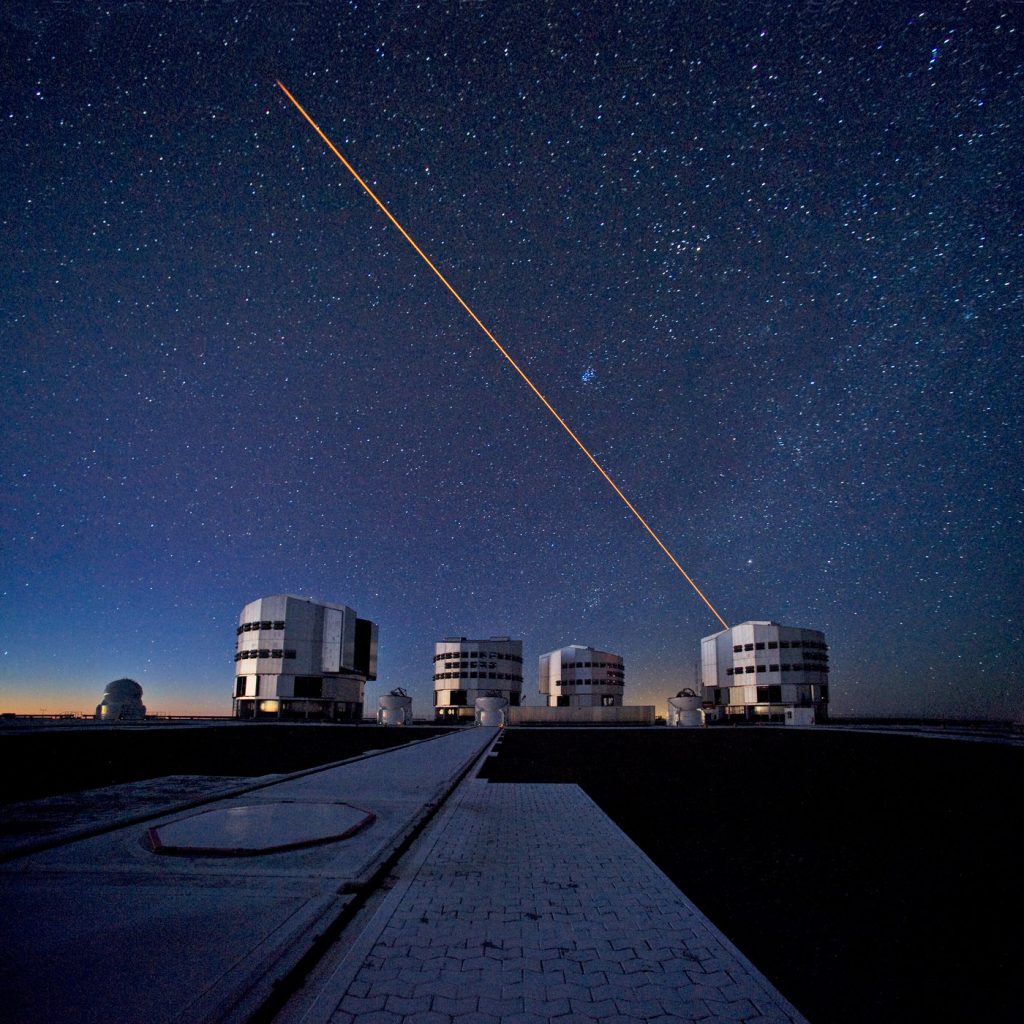
Over the weekend, I saw one of the most confusing and horrifying weather warning maps I have ever seen. I wasn’t looking at the multiple cyclones and weather depressions in the world’s oceans; I was looking at the state of Colorado, which was experiencing both massive wildfires and greater than 60-degree (Farhenheit) temperature swings associated with snow. These conditions brought risks of both fire tornadoes and snow tornadoes, and in general, were something out of a climate change horror movie.
The thing is that we’re currently living in a climate change horror movie, and reality is often far more horrifying than what your typical movie is capable of coming up with. It also turns out that, unlike in movies, instead of facing climate change with fight and tech and engineering, we’re facing it in pajamas as we struggle against a pandemic.
Well, not everyone is watching quietly, and in the latest issue of the journal Nature Astronomy, researchers from the Max Planck Institute for Astronomy (MPIA) look at the interactions between astronomy and human-caused climate change and point out, “There is no planet B.”
And as we look toward Venus, a world that may have been habitable and supported life as recently as 700 million years ago, we see the results of a runaway greenhouse effect triggered by the massive release of carbon dioxide.
Our world is currently experiencing its own massive release of greenhouse gases, both from the machinery of modern life and also from the melting of tundra and release of various greenhouse gases that had previously been locked in the ice. While it is too late for us to stop the melting of the permafrost, we at least can work to mitigate our own impact.
Astronomers, it turns out, are really bad for the environment.
Across six different articles, researchers look at both how astronomers have a particularly overlarge carbon footprint and are also particularly impacted by atmospheric changes that affect our observations.
On the carbon production side of the coin, the MPIA added up the institute’s 2018 carbon footprint. The dominant carbon source was intercontinental travel to attend conferences and travel to observatories. As someone who, pre-COVID, flew typically 80-100k miles per year, seeing many of the same people at event after event, this finding hit home.
Prior to COVID, advancing a research career required giving talks at conferences that introduced yourself and your work to broad audiences. It required being on task forces that met face-to-face, and it required walking around conferences to hunt out people doing related research to start conversations that led to new collaborations. Without these interactions, people’s work would stagnate, and without name recognition, grants were more likely to go unfunded. We have essentially designed our profession, where being on national and international committees is part of the pathway to university tenure, to require carbon-emitting travel.
Beyond issues with travel, the researchers found that the computational nature of astronomy – which relies on supercomputers for many of our models and calculations – is responsible for disproportionately large electricity consumption.
Putting these pieces together, research and research-related travel was responsible for an average of 18 tons of carbon dioxide released per scientist. For comparison, the average German – again this is research from MPIA – has a footprint of only 9 tons for everything they do for work and home.
With the increased release of greenhouse gases, we’re seeing increases in the temperature of our world. The place to place temperature changes vary, and at Paranal Observatory, home of the Very Large Telescope (VLT), the greatest optical telescope system on our planet, has seen a local temperature increase of 1.5 degrees Celsius over the past three decades. This makes it harder to maintain the telescope enclosures at temperatures that match the nighttime air, and the differences in indoor and outdoor temperatures create turbulence that degrades images.
Further, with increasingly frequent El Nino events, characterized by warmer ocean temperatures in the Pacific Ocean along the equator, they are also seeing humidity changes. Atmospheric water vapor blocks certain wavelengths of light, making it harder for the VLT and other Chilean telescopes to successfully do all the science they are intended to do.
In the grand scheme of the things that are being impacted by climate change, these challenges feel minor. After all, hurricanes are destroying communities and rising waters are consuming cities, such that Indonesia is planning to move one of the world’s largest cities, Jakarta, to a new island.
Still, it may be easier to get astronomers to fly less if as a community we recognize we are part of our own downfall. We have to say, as a community: We need more and better virtual meetings, we need more and better online networking opportunities, we need more and better ways for people to advance their careers without advancing out of their houses.
As we all try to sort how to get through the coronavirus pandemic, this is getting forced on all of us – not just astronomers – and I can only hope that we define new and better ways to be stewards of our planet.
Again, this research is addressed across six articles in the latest issue of Nature Astronomy.
More Information
Max Planck Institute for Astronomy press release
“An Astronomical Institute’s Perspective on Meeting the Challenges of the Climate Crisis,” K. Jahnke et al., 2020 September 10, Nature Astronomy
“The Carbon Footprint of Large Astronomy Meetings,” L. Burtscher et al., 2020 September 10, Nature Astronomy
“The Impact of Climate Change on Astronomical Observations,” F. Cantalloube et al., 2020 September 10, Nature Astronomy




 Join the Crew!
Join the Crew!
 Escape Velocity Space News
Escape Velocity Space News
0 Comments